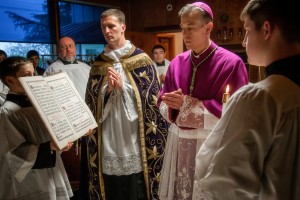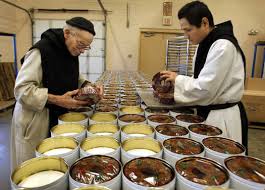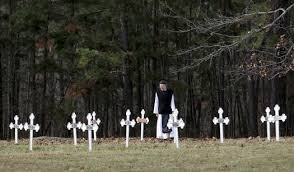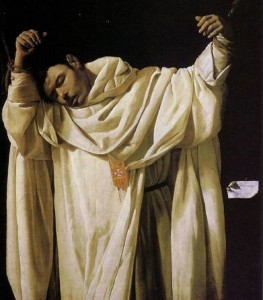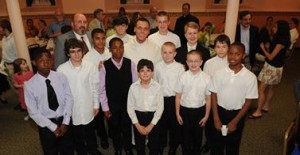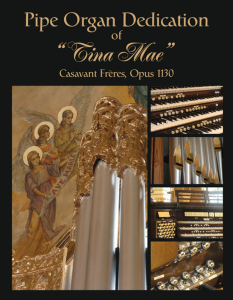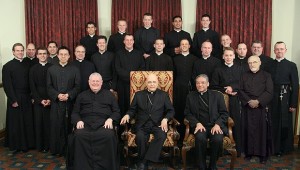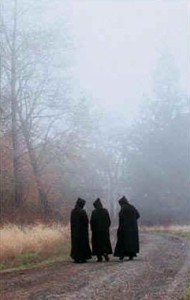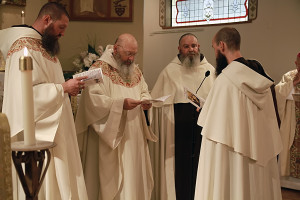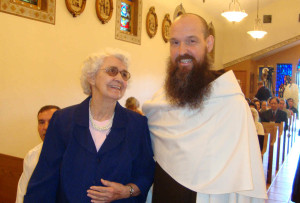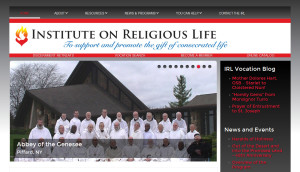 The Institute on Religious Life today launched a completely redesigned www.ReligiousLife.com. The new site is more dynamic and user friendly, houses a great resource of information, and provides expanded audio and video features.
The Institute on Religious Life today launched a completely redesigned www.ReligiousLife.com. The new site is more dynamic and user friendly, houses a great resource of information, and provides expanded audio and video features.
“All of the changes are intended to convey a better sense of our mission and who we are as an organization,” said Michael D. Wick, executive director of the IRL. “We are so happy to launch our new website during the IRL’s 40th anniversary and as the Church prepares to celebrate the Year of Consecrated Life which Pope Francis declared to begin this October.”
The new site was made possible by a grant from Our Sunday Visitor Institute. It was designed by Solutio Software of Cheney, Kansas.
“The site will be a great help to young Catholics who wish to know more or are considering the priestly or religious life, something very much needed in our times. And it will connect them to faithful institutes of consecrated life. The VocationSearch database is terrific for learning about the IRL’s 160-plus affiliate communities,” said M. Kathleen O’Brien, IRL director of operations. “We believe it is the premier Catholic vocations information portal—a ‘one-stop shopping’ experience for those who are sincerely discerning their vocation or seeking resources to promote and pray for vocations. From its 8-day ‘virtual’ discernment retreats, to the new Religious Life e-magazine, to vocation prayer leaflets for distribution among family, friends or parishioners, the new site offers all kinds of resources for building up the consecrated life.”
The site has in-depth reflections on the consecrated life, print and audio, including meditations by the IRL’s founder, Servant of God Fr. John A. Hardon, S.J., and talks given by IRL national director Fr. Thomas Nelson, O.Praem. The home page photo rotation features IRL affiliates, as well as real-time entries from the IRL’s “Vocation Blog” and a listing of scheduled events.
Young people who are serious about discernment can sign up for the free “Speak Lord” audio download of the month club or find out about upcoming “Come & See” vocation retreats. “Young people need catechesis and direction to be able to discern the Lord’s calling for their lives and the IRL wishes to provide helpful resources that will allow them to discern God’s will,” notes Father Nelson.
The Institute on Religious Life was founded in 1974 by Servant of God Fr. John A. Hardon, S.J. Early supporters included Bl. Mother of Calcutta and Ven. Fulton J. Sheen. Its mission is to promote and support the consecrated life as a gift to the Church and an evangelical witness to the world.
